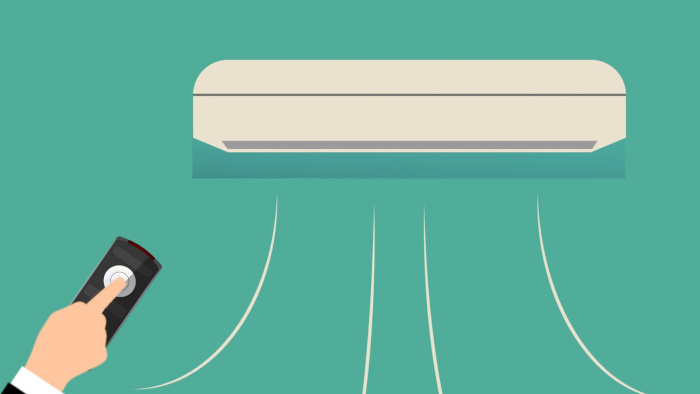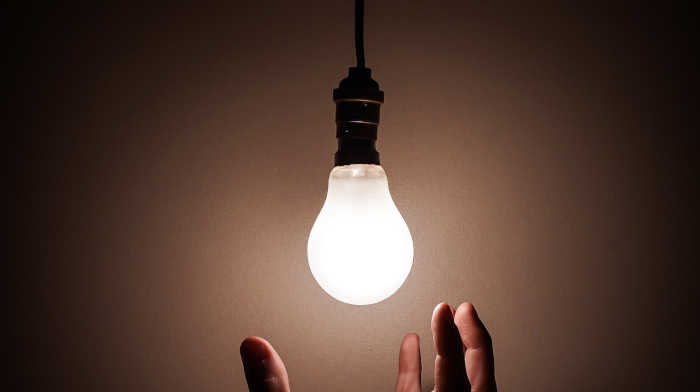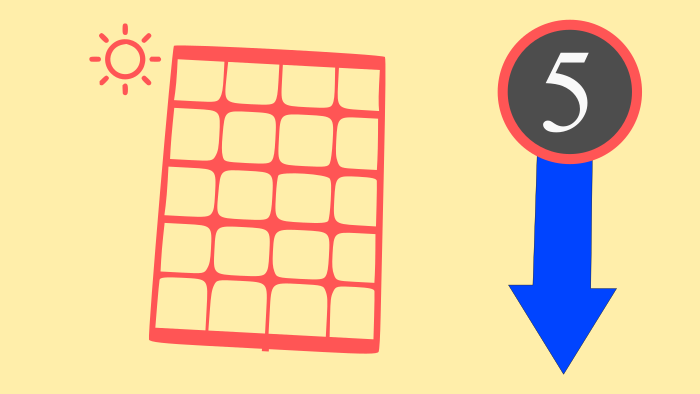What is the difference between starting and running watts? This is the most common question asked by consumers. Here we will answer this question as best we can.
In order to answer this question, we must understand what wattage means. A watt is the amount of power required by any electrical appliance to perform work in a unit time.
power = work done / unit time
Starting Watts/Running Watts Definition
Motor-driven devices require extra power for a few seconds to start and then a constant amount of power thereafter.
The additional watts required to start an appliance for a few seconds are known as starting watts, surge watts and peak watts
After the appliance starts, it needs to be supplied with a constant amount of power to work smoothly through its runtime. That continual power supply is called running watts, and it is also called rated watts.
What does starting watts mean on a generator?
Generators are rated in two wattages: starting wattage and running wattage. The starting wattage is the surge power that the generator can provide to the appliances that require extra watts in order to begin running. With a running wattage, the generator delivers energy continuously throughout its runtime.
Disclaimer: All the starting and running wattage values are best estimates based on averages. For accurate wattage, see your appliance’s label, or if it is not available, contact an electrician for help.
Starting Watts For Refrigerator

Several types of refrigerators exist, including French door, wine refrigerator, side-by-side refrigerators, etc. They all require different starting and running wattages. A refrigerator freezer of average size requires 1200 surge watts and 800 running watts.
Starting Watts For AC

There are many types and sizes of air conditioners, depending on where they will be used. These include split air conditioners, central air conditioners, window air conditioners, etc. They are also labeled in sizes like 1 ton, 1.5 ton, 2 ton or in units like 12500 btu, 15000 btu.
Each type has a different starting wattage and running wattage. Window air conditioners typically draw 1800 starting watts and 1200 running watts.
The question is also asked, how many starting watts for RV ac? In most RVs, 12500 btu air conditioners are used. These air conditioners require 1800 starting watts and 1200 running watts.
How many watts does a water pump use?

There are different types of water pumps, and their horsepower also varies. Water pumps include well pumps, and sump pumps. They have different sizes and as a result they need different starting watts and running watts.
Starting Watts Sump Pump
A sump pump is a pump that is used to remove the accumulated water from a sump basin in a basement.
| Appliance | Running watts | Starting watts |
|---|---|---|
| Sump Pump 1/3 HP | 800 | 1300 |
| Sump Pump 1/2 HP | 1050 | 2200 |
Starting Watts Well Pump
| Appliance | Running watts | Starting watts |
|---|---|---|
| Water Well Pump 1/3 HP | 1000 | 2200 |
Starting Watts For Air Compressor
A compressor is a mechanical device that reduces the volume of air inside a container to increase its pressure.
There are different horsepower sizes of air compressors, such as 1/2 HP, 1 HP, 1.5 or 1-1/2 HP, and 2 HP.
| Appliance | Running watts | Starting watts |
|---|---|---|
| Air Compressor 1/2 HP | 1000 | 2000 |
| Air Compressor 1HP | 1500 | 4500 |
| Air Compressor 1-1/2 HP | 2200 | 6000 |
| Air Compressor 2 HP | 2800 | 7700 |
Starting Watts For A Coffee Maker
Coffee makers are kitchen appliances that brew coffee automatically. Depending on the size of the coffee maker, a coffee maker draws 700-1200 running watts. This appliance does not require surge power.
Starting Watts Chart
| Appliance | Running watts | Starting watts |
|---|---|---|
| Window AC | 1200 | 1800 |
| Microwave | 1000 | – |
| Well Water Pump | 1000 | 1500 |
| Sump Pump | 800 | 1200 |
| Refrigerator Freezer | 800 | 1200 |
| Computer | 800 | – |
| Electric Drill | 600 | 900 |
| Television | 500 | – |
| Deep Freezer | 500 | 800 |
| Common Light Bulb | 75 | – |
| Air Compressor (1HP) | 1500 | 3000 |
How to calculate starting watts if it is not mentioned on appliances?
Using the following simple formula, we can calculate the starting wattage of different appliances.
V x I = W
V is the input voltage, I is the input current, and W is the amount of power consumed by the appliances.
You can find the input voltage and current on the label located mostly on the back of the appliance. If this information is not available, you will have to use an ammeter, and a voltmeter to calculate current and voltage. These numbers can be used to calculate running wattage.
In most cases, starting watts are an additional 0.3 of running watts, and can be calculated using the formula below.
Starting watts = running watts x 1.3
Example: Consider an appliance whose input current is 6A, and whose input voltage is 120V.
Running watts = 120 x 6 = 720 watts
Starting watts = 720 x 1.3 = 936 watts
Therefore, in this example, the appliance requires 936 starting watts and 720 running watts.




Pingback: Best Dual Fuel Inverter Generator With Remote Start - Generatorsmaster.com
Pingback: Best Rv Generator With Remote Start - Generatorsmaster.com
Pingback: Best 2000 Watt Generator For RV - Generators Master - Generatorsmaster.com
Pingback: Best 2000 Watt Dual Fuel Generator - Generatorsmaster.com
Pingback: Best 2000 Watt Generator - Generatorsmaster.com
Pingback: Best 15000 Watt Generator - Generatorsmaster.com
Pingback: Best 15000 Watt Dual Fuel Generators - Generators Master - Generatorsmaster.com
Pingback: What Can You Run On A 10000 Watt Generator? - Generatorsmaster.com
Pingback: What Can You Run On A 15000 Watt Generator - Generatorsmaster.com
Pingback: Best Portable Power Station Under $200 - Generatorsmaster.com
Pingback: Best Portable Power Station For CPAP - Generators Master - Generatorsmaster.com
Pingback: Best Generator For Apartment - Generatorsmaster.com
Pingback: What Is The Best Solar Generator For Apartment? Generators Master - Generatorsmaster.com
Pingback: Best Quiet Dual Fuel Generator - Generatorsmaster.com
Pingback: Best Solar Generator For Refrigerator - Generatorsmaster.com
Pingback: What Is Best Dual Fuel Inverter Generator For RV? - Generatorsmaster.com
Pingback: How Many Outlets Can a Portable Generator Run? – Pick Generators